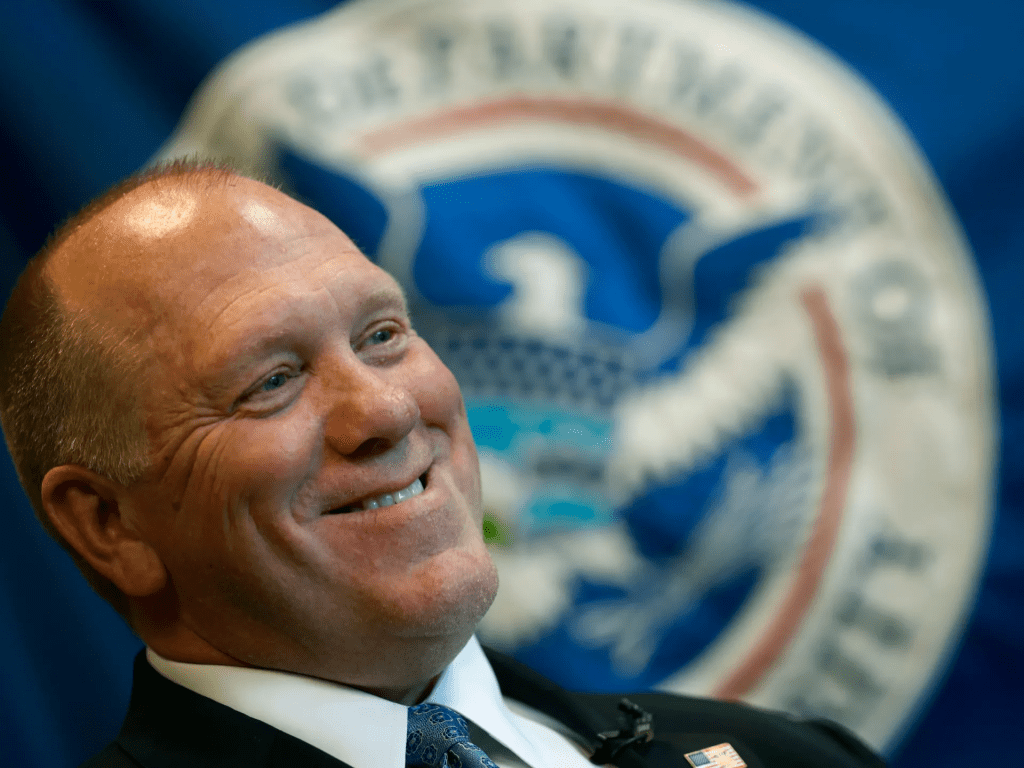Mass surge: 175,000 Americans apply to work at ICE as Trump’s deportation agenda takes off
Since President Trump took office, a tidal wave of Americans has answered the call to join Immigration and Customs Enforcement — now totaling 175,000 job applications, according to statements by the Department of Homeland Security. That astonishing number, which jumped from 150,000 applications just a month earlier, comes as the administration expands its deportation efforts and begins issuing tens of thousands of tentative job offers. The recruitment push is not merely symbolic — it reflects a core strategy of the Trump era: rebuild ICE and refocus the agency around enforcement at scale.

The figure was confirmed by DHS Assistant Secretary for Public Affairs Tricia McLoughlin, who told reporters that the numbers were “hot off the press.” She pointed out that the surge in interest underscores growing public desire to support what administration officials describe as the restoration of law and order. “Americans are stepping up to defend their homeland,” McLoughlin said, noting that the response has already translated into extended offers and expanded hiring efforts.
Earlier in September, DHS reported 150,000 applicants, meaning the agency attracted at least 25,000 more in just weeks. The jump corresponds with a recruitment blitz that includes high-visibility ads on streaming platforms, patriotic messaging, signing bonuses (some up to $50,000), loan forgiveness, and other incentives. The campaign aims to replenish ICE’s ranks as the administration seeks to match its enforcement ambitions with operational capacity.

At a DHS career fair in Provo, Utah, dozens of people arrived from across the country — veterans, former law enforcement officers, and career switchers — drawn by the opportunity to join ICE. Many said they were already in the application process when they came. Officials at that event extended hundreds of tentative job offers on site, suggesting the agency is accelerating hiring timelines to capture momentum.
The rapid influx of applicants comes amid sweeping policy goals. The Trump administration has pledged to deport over a million individuals annually, sharpen “enforcement-first” strategies against criminal illegal immigrants, and push sanctuary jurisdictions into compliance. But to carry out those targets, ICE needs manpower — which is exactly what the recruitment drive seeks to deliver.

Still, large numbers do not guarantee hires. The process includes background checks, fitness tests, and rigorous vetting. Some offers remain tentative and may not convert to active duty. The administration itself has acknowledged that staffing has been one of ICE’s biggest challenges, and training capacity will be tested under this surge.
Critics warn that such an aggressive recruitment push could strain oversight or prioritize volume over experience. Immigration advocacy groups argue that expanding ICE at this pace could intensify fears among immigrant communities and complicate accountability. But the administration dismisses those concerns, framing the response as a patriotic resurgence of public trust in border security.

For supporters, this wave of applications is a clear statement of national will. It shows that thousands of Americans are ready to take a stand for border integrity and public safety. Within Trump’s administration, officials view the momentum as validation of their broader enforcement mandate — that Americans want a system that works, and they’re willing to join it to make it happen.
Whether this surge represents a short-term wave or a long-term shift remains to be seen. But one thing is undeniable: under Trump, ICE’s transformation from an underfunded agency into a cornerstone of immigration enforcement has sparked a movement. Americans are not just supporting stronger borders — they’re volunteering to help build them.


